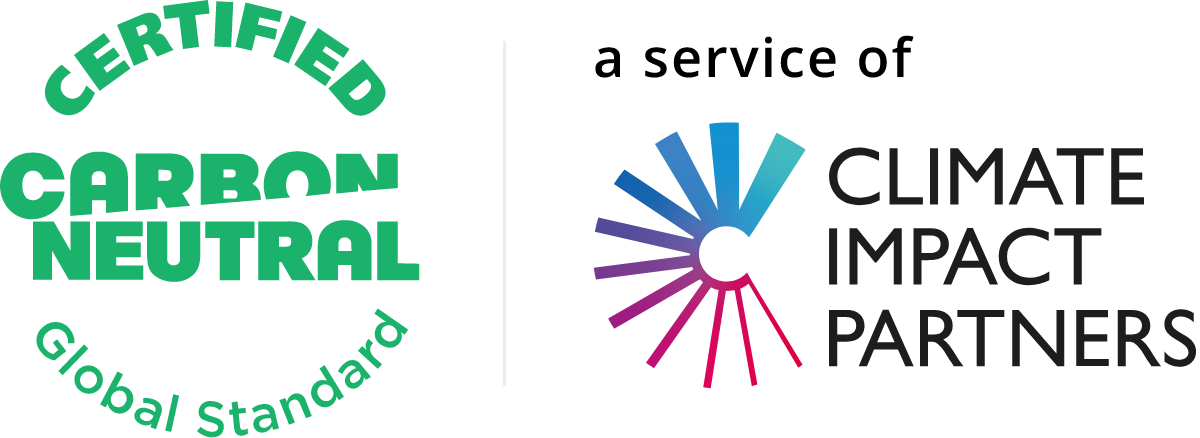The CarbonNeutral Protocol
3.3 Setting internal reduction targets
Whilst not mandated, organizations are encouraged to:
- Set a long-term science-aligned target in line with the latest climate science to achieve global or sector net zero on a 1.5°C pathway before 2050
- Commit to achieving Net Zero by 2050, which requires achievement of long-term targets and balancing residual emissions with removal of CO2e from the atmosphere.
